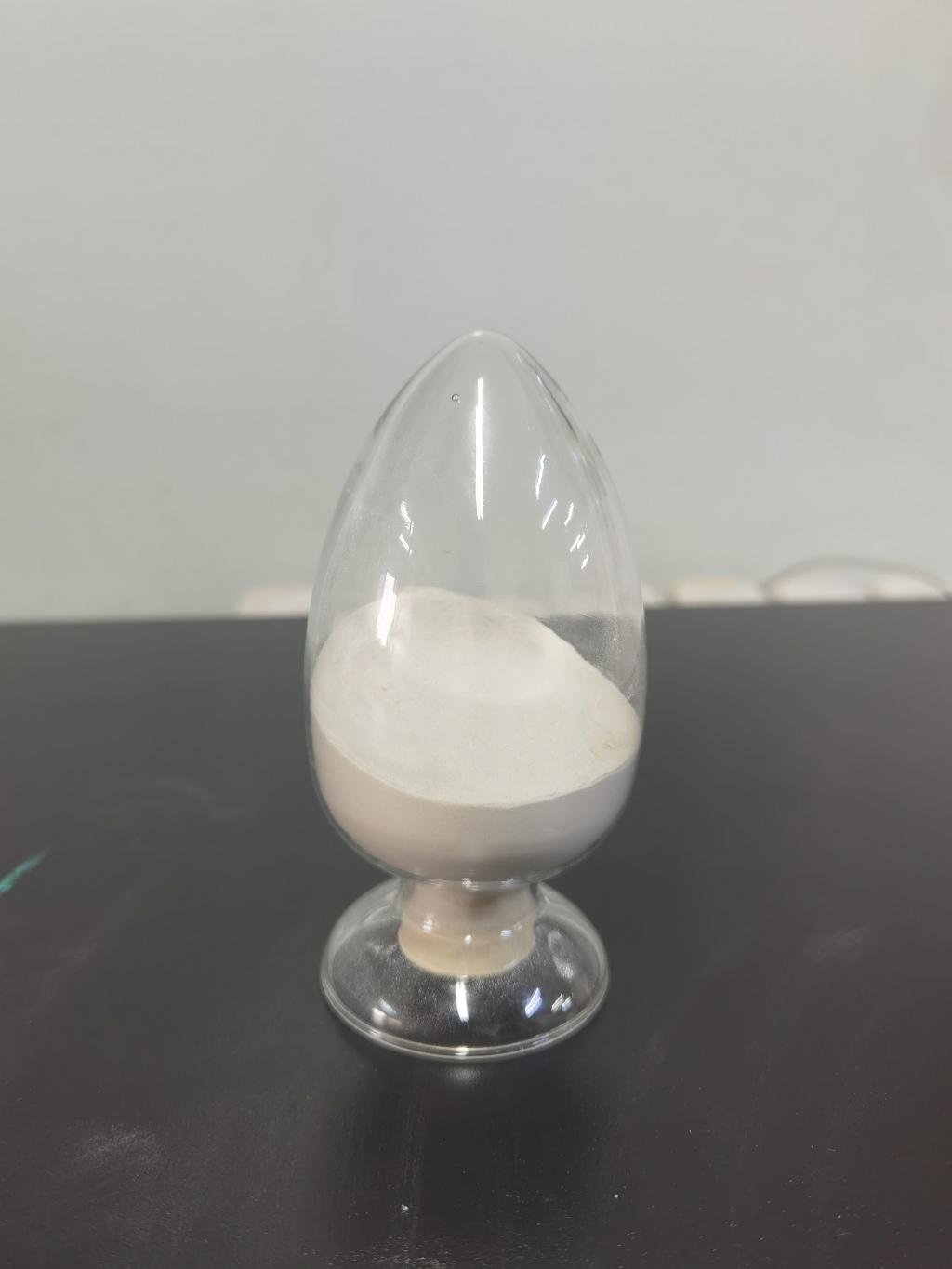Tel:+8618231198596

News
 CONTACT
CONTACT
 CONTACT
CONTACT
- Linkman:Linda Yao
- Tel: +8618231198596
- Email:linda.yao@dcpharma.cn
- Linkman:CHARLES.WANG
- Department:Overseas
- Tel: 0086 0311-85537378 0086 0311-85539701
News
Current Position:
Home >
News
>Direct sale Nisin's Role in Mitigating the Health Risks of Unhygienic Food Handling.
Direct sale Nisin's Role in Mitigating the Health Risks of Unhygienic Food Handling.
TIME:2023-10-18
Introduction
Foodborne illnesses are a widespread public health problem, causing sickness, hospitalizations, and even deaths worldwide. Unhygienic food handling practices are a common source of foodborne pathogens, including bacteria, viruses, and parasites. Nisin, a natural and safe antimicrobial peptide, has emerged as a potential tool to mitigate these risks by inhibiting the growth of harmful microorganisms that can cause foodborne illnesses. This article delves into the applications of Nisin in food handling, its effectiveness, and its role in enhancing public health by addressing the root causes of contamination.
1. Understanding Nisin
Nisin is a natural antimicrobial peptide produced by certain strains of lactic acid bacteria, most notably Lactococcus lactis. It has been used for decades in the food industry as a preservative to inhibit the growth of spoilage and pathogenic microorganisms. Nisin is generally recognized as safe (GRAS) for human consumption and is approved for use by regulatory agencies worldwide, including the U.S. Food and Drug Administration (FDA).
2. Unhygienic Food Handling and Foodborne Illnesses
Unhygienic food handling practices are a significant contributor to foodborne illnesses. Common factors leading to food contamination include:
Cross-Contamination: The transfer of harmful microorganisms from one surface or food item to another is a prevalent cause of foodborne illnesses.
Inadequate Cooking and Temperature Control: Undercooking or improper temperature control can leave pathogens in food, making consumers vulnerable to illness.
Poor Hand Hygiene: The failure to wash hands adequately and frequently can introduce contaminants into the food handling process.
Improper Storage: Storing food at incorrect temperatures or in contaminated conditions can lead to the proliferation of pathogens.
3. Nisin as a Mitigating Agent
Nisin holds promise as a tool to address the root causes of contamination in food handling:
Inhibiting Pathogen Growth: Nisin effectively inhibits the growth of a broad spectrum of bacteria, including pathogenic strains like Listeria and Clostridium botulinum, which are common culprits in foodborne illnesses.
Enhancing Shelf Life: By preventing spoilage microorganisms from thriving, Nisin extends the shelf life of various food products, reducing the likelihood of consumers being exposed to pathogens in expired items.
4. Nisin Applications in Food Handling
Nisin's potential applications in food handling extend across various sectors of the food industry:
Meat and Poultry Processing: Nisin can be used in meat and poultry processing to prevent the growth of pathogens during storage and distribution.
Dairy Products: In the production of dairy products, Nisin ensures the safety of items like cheese and yogurt by inhibiting the growth of spoilage and pathogenic bacteria.
Ready-to-Eat Meals: Ready-to-eat meals are susceptible to contamination during preparation and storage. Nisin can be used to enhance their safety.
Food Service and Catering: In the food service industry, where numerous people are involved in food preparation, Nisin can serve as an added layer of protection.
5. Challenges and Considerations
While Nisin offers significant potential, its use in addressing the health risks of unhygienic food handling comes with challenges:
Regulatory Compliance: Food businesses must adhere to regulatory guidelines concerning Nisin usage, including permissible concentrations and labeling requirements.
Taste and Sensory Considerations: Nisin's impact on the taste and sensory attributes of food is a consideration in product development.
Cross-Contamination Prevention: Nisin should be part of a broader strategy to reduce the risk of cross-contamination through proper food handling and hygiene practices.
6. Public Health Benefits
The potential public health benefits of using Nisin to mitigate the health risks of unhygienic food handling are substantial:
Reduced Foodborne Illnesses: By inhibiting the growth of harmful microorganisms, Nisin can significantly reduce the occurrence of foodborne illnesses.
Enhanced Shelf Life: Longer shelf life translates to less food waste and fewer opportunities for food to become contaminated.
Improved Food Safety Culture: The use of Nisin can encourage better food safety practices, promoting a culture of hygiene and responsibility within the food industry.
7. Conclusion
Unhygienic food handling practices continue to be a primary source of foodborne illnesses, posing a significant threat to public health. Nisin, a natural antimicrobial peptide, offers a promising solution to mitigate these risks by inhibiting the growth of pathogens during food processing, storage, and distribution. Its applications in the food industry can lead to enhanced food safety, reduced foodborne illnesses, and a healthier population. By addressing the root causes of contamination, Nisin plays a pivotal role in improving public health and ensuring the safety of the global food supply.
- Tel:+8618231198596
- Whatsapp:18231198596
- Chat With Skype







